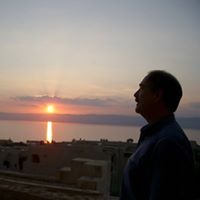Which is the rarest blood group?
The Bombay blood group, or hh, is a rare blood type.This blood phenotype was first discovered in Bombay by Dr. Y. M. Bhende in 1952. It is mostly found in the Indian sub-continent (India, Bangladesh, Pakistan) and Iran.
Individuals with the rare Bombay phenotype (hh) do not express H antigen (also called substance H), the antigen which is present in blood group O. As a result, they cannot make A antigen (also called substance A) or B antigen (substance B) on their red blood cells, whatever alleles they may have of the A and B blood-group genes, because A antigen and B antigen are made from H antigen. For this reason people who have Bombay phenotype can donate red blood cells to any member of the ABO blood group system (unless some other blood factor gene, such as Rh, is incompatible), but they cannot receive blood from any member of the ABO blood group system (which always contains one or more of A, B or H antigens), but only from other people who have Bombay phenotype.
This very rare phenotype is generally present in about 0.0004% of the human population, though in some places such as Mumbai (formerly Bombay) locals can have occurrences in as much as 0.01% (1 in 10,000) of inhabitants.
More Info:
en.m.wikipedia.org


